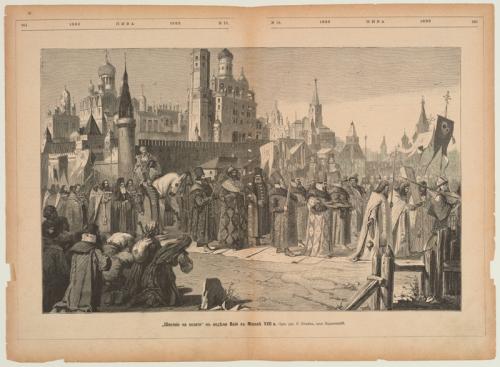What are the features of this style?
- The traditions of the cross-dome system are preserved.
- Local limestone is used, from the blocks of which the walls are built.
- White-stone sculptural decoration is introduced into religious buildings. It was a bold step towards the development of artistic principles of Russian architecture. It was associated with the breaking of the old canons of Kiev architecture, which prohibited the use of sculptural decorations in religious buildings.
- The buildings are decorated with profiles, which are attached to pilasters and zakomars, window frames and doors.
- The most characteristic detail becomes an arcature-columnar belt, which is an arch resting on columns standing on stone brackets.
- Large sections of the walls are completely covered with stone relief, reminiscent of Russian embroidery.
- The shape of the chapters is undergoing changes. From the flat domes, the builders move on to the peculiar form of Russian completions, which have a rather complex pointed shape.
- Mosaic technique is used less and less in the interior decoration of temples, fresco painting and metal jewelry are used.
New ideological and artistic views were inspired by a common whole – the unification of Russia under the rule of the Vladimir-Suzdal princes. The brilliant and original architecture of cities, palaces and temples was designed to help create an aura of strength and power for the Vladimir-Suzdal Principality and the Grand ducal power. Therefore, Vladimir-Suzdal architecture is distinguished by the monumentality, grandeur and proportionality of its white-stone cathedrals.
